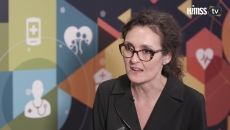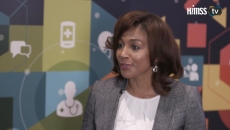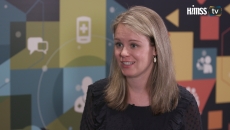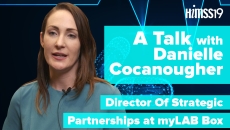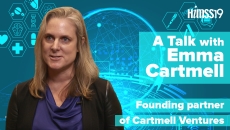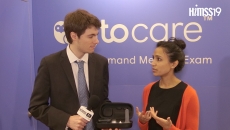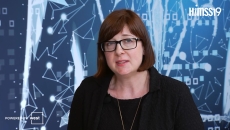Women in Health IT
Effective communication between patients and providers is also improving safety and making people feel better, says Laura Cooley, PhD, leader at Academy of Communication in Healthcare and Journal of Patient Experience.
Denise Hines, Chief Americas Officer at HIMSS, says health IT will only succeed if patients are kept at the center of care and shares what's next in patient empathy and experience.
Duke University Health System is pairing clinicians and researchers with the right digital technology to improve outcomes or change the way healthcare is delivered, says Katie McMillan, associate director of Duke’s Mobile App Gateway.
EverlyWell is helping transform the process of getting laboratory tests by expanding and improving access, affordability and convenience for the consumer, says founder and CEO Julia Cheek.
The value of Health 2.0 is as a convener – exposing longtime healthcare professionals to new ideas from innovative companies, and helping those startups learn from experts, says Danielle Cocanougher, director of strategic partnerships at myLAB Box.
Emma Cartmell, founding partner of Cartmell Ventures, talks about big changes coming in digital health and describes her investment philosophy.
Shriya Palekar, director of provider solutions at TytoCare, says her company’s connected telehealth device enables patients to remotely provide their vitals to their providers in real time.
Kate Birch, data and technology program manager at Melbourne Genomics Health Alliance, discusses how using genomics to pick the right test for patients can result in getting five times the diagnoses at half the cost.
Lee Kim, HIMSS director of privacy and security, is excited about more hospitals raising their baseline security posture.
Nancy Green, Global Healthcare Business Development & Strategy executive leader at Verizon Enterprise Solutions, talks about the recent growth in the Women in Health IT initiative.
